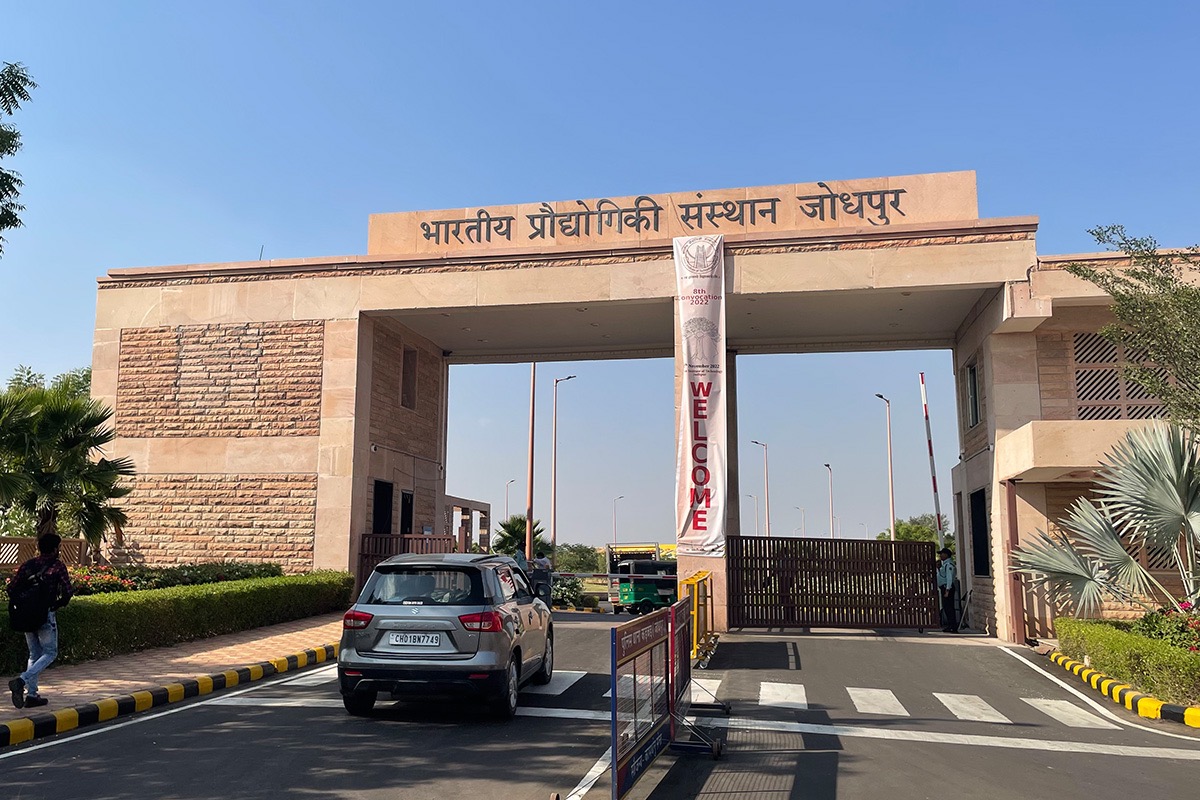

Wastewater discharged by textile units is destroying many rivers and streams in several South Asian nations like India, China, and Bangladesh.

In a step further towards sustainable and eco-friendly industrial production, researchers at the Indian Institute of Technology (IIT), Jodhpur have developed a technology to process wastewater from the textile industry into clean water that can be reused for a range of purposes.
The two-step water treatment approach includes electrochemical processing followed by real-time photocatalytic degradation using novel ZnO caterpillars outgrown over carbon nanofibers.
The best part of this technology is that it does not leave any secondary pollution while completely degrading pollutants in the process.
Textile units produce coloured and often smelly chemically contaminated water. With this technology, such wastewater can be treated and reused the treated water for various other purposes or discharged into natural water bodies like ponds or rivers.
A wide range of synthetic dyes released by the textile industry endangers human and environmental health. Textile industries, as one of the major consumers of water resources, produce wastewater with complex compositions, including toxic compounds, turbidity, high colour, and inorganic and organic compounds.
Textile dyeing is considered the world’s most-polluting industry and is blamed for one-fifth of water pollution globally. Wastewater discharged by textile units is destroying many rivers and streams in several South Asian nations like India, China, and Bangladesh.
For a long time, the industry and researchers had been looking for a sustainable solution that could completely destroy dye molecules in wastewater and make it easier for textile units to dispose of used water.
“There is an escalating need to address the problem associated with the contaminated water which is the consequence of a huge number of steel and textile industries that release a large amount of polluted wastewater. Degradable organics, heavy metals, dyes, surfactants, and pH-controlled chemicals are among the contaminants found in textile effluents (TEs),” said Dr Ankur Gupta, assistant professor of the department of mechanical engineering at IIT Jodhpur.
Existing methods to treat wastewater like precipitation, ion exchange, and membrane filtering have proved ineffective due to wide variations in the composition of textile wastewater.
“Our technology presents an alternate solution to overcome this problem,” said Dr Gupta.
High organic matter removal efficiency and real-time monitoring through the Internet of Things (IoT) are among the key features of this technology, the researchers said.
The photo-catalytic decolourization process takes about 240 minutes to transform the greenish-yellow textile effluent to colourless with more than 99 per cent efficiency.
Additionally, significant amounts of TSS (about 75 per cent) and TDS (about 80 per cent) were removed from textile wastewater with the integration of electrochemical and photocatalytic degradation processes.
As per the researchers, the laboratory-based proof-of-concept can be scaled up to process industrial-released effluents and remediate wastewater.